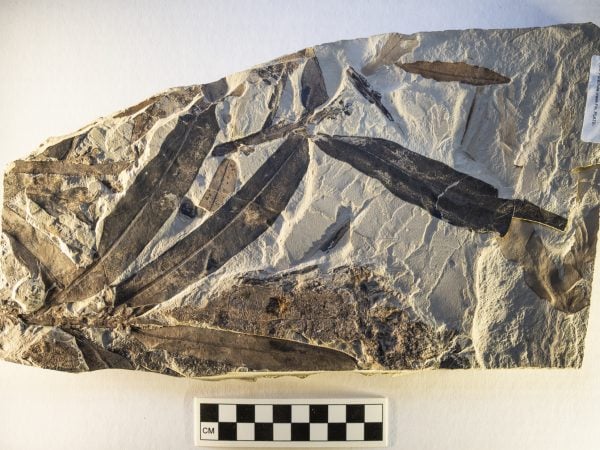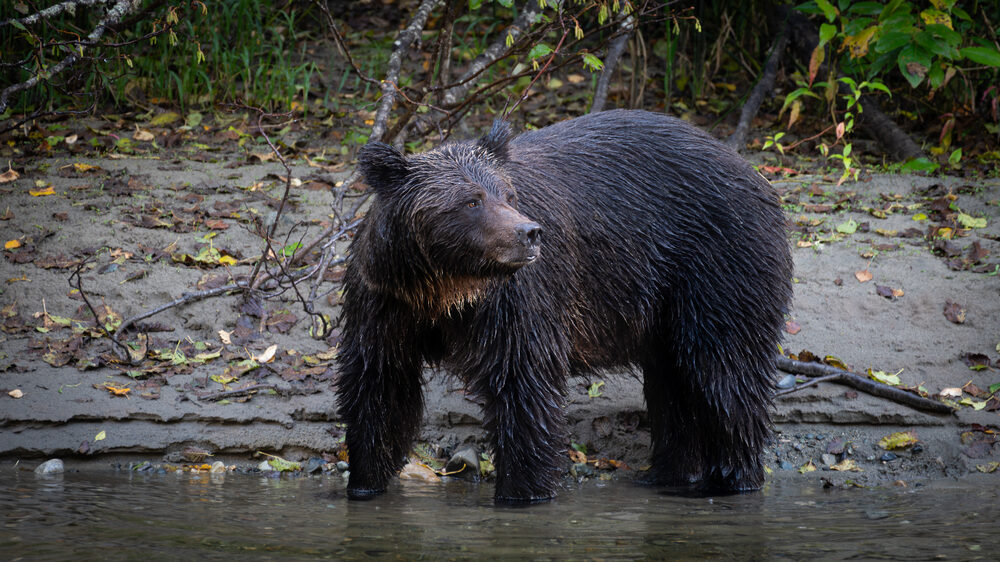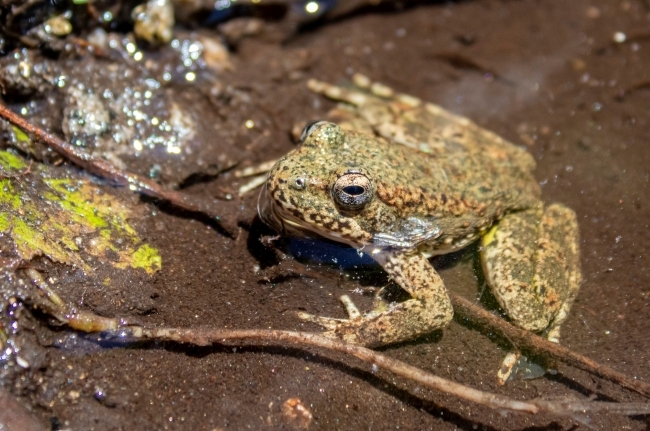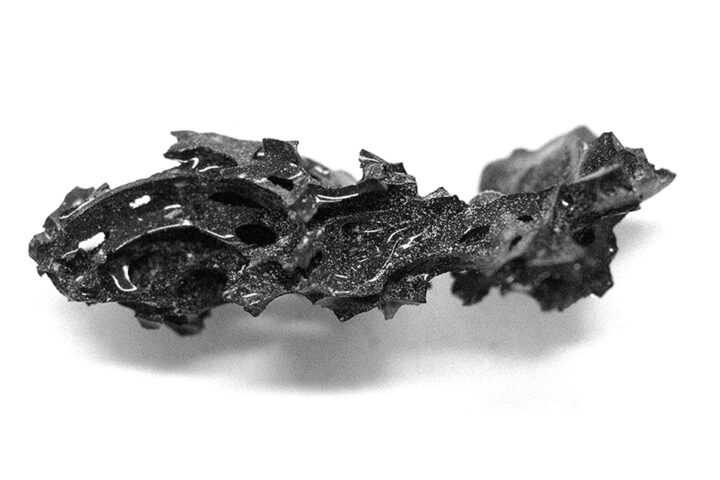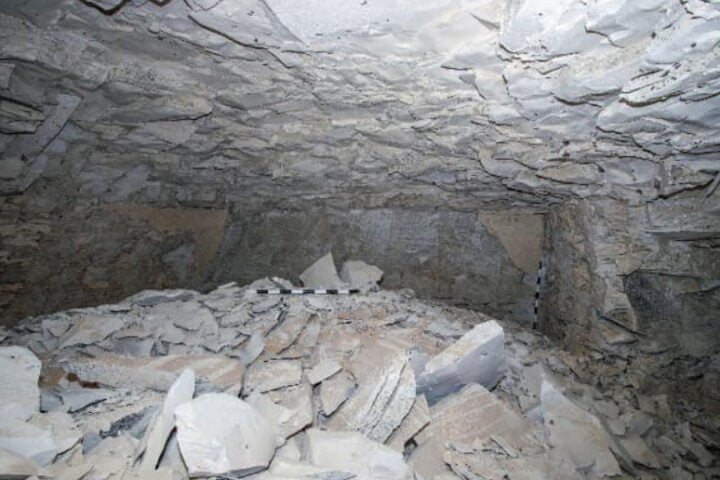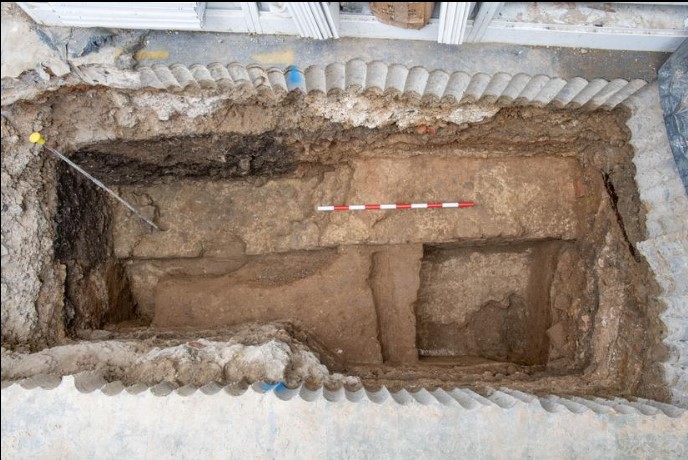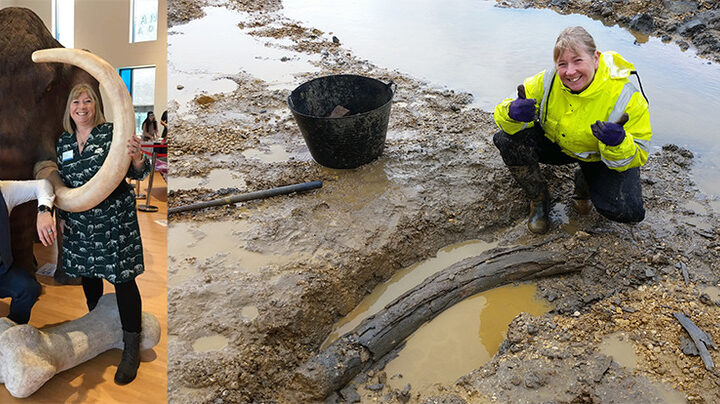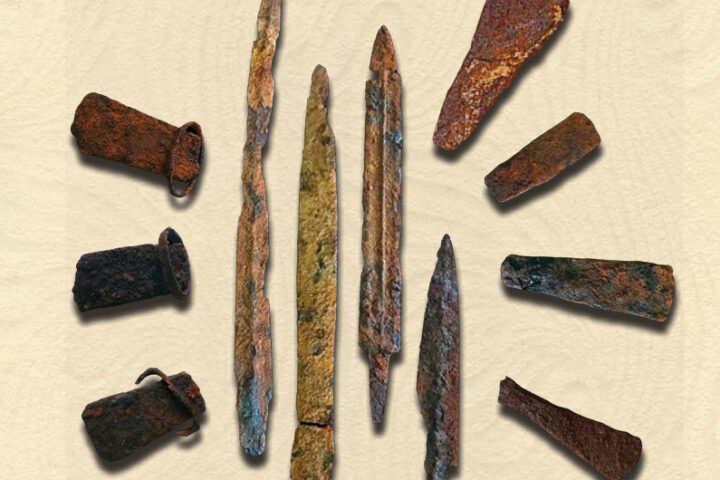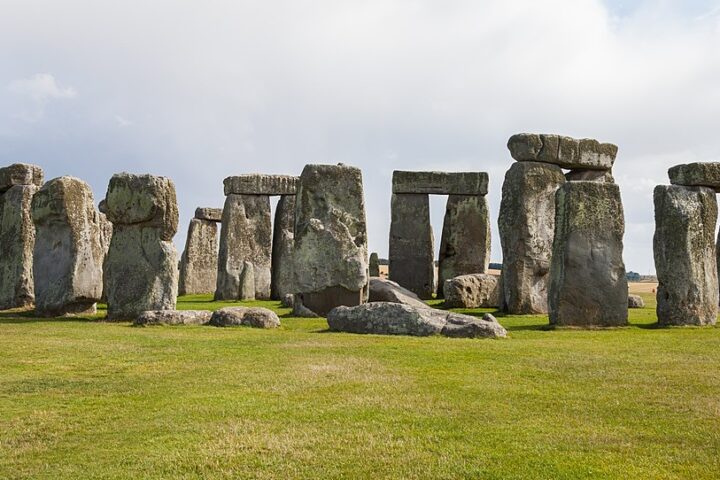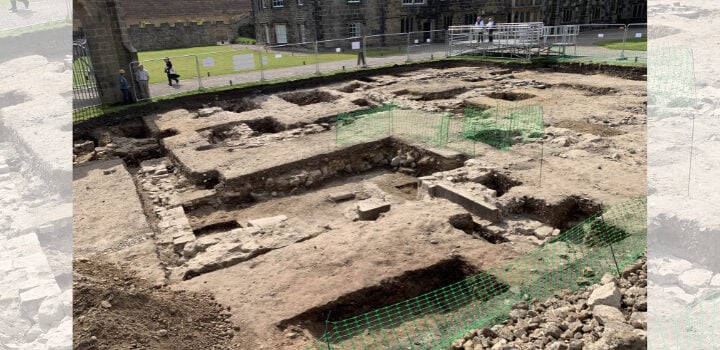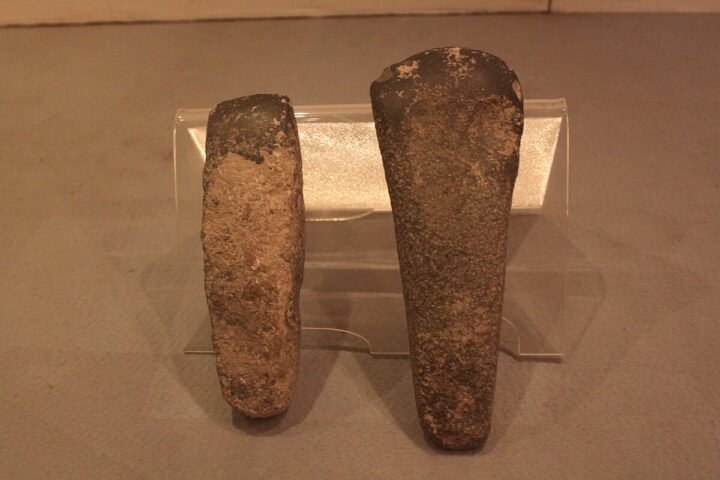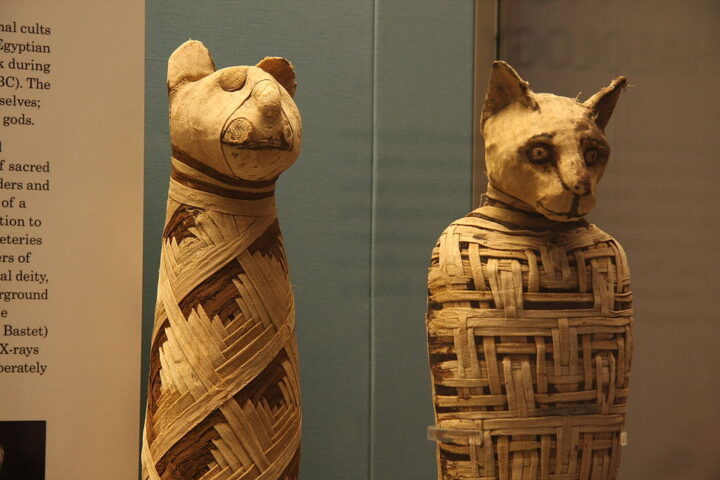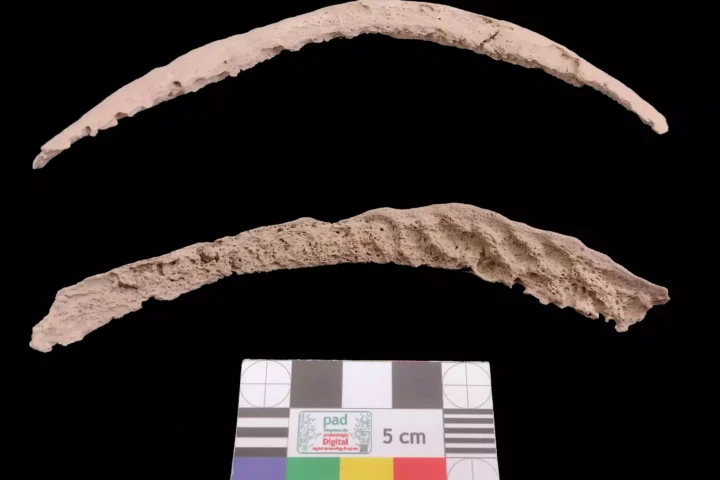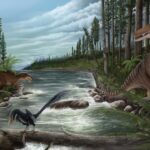Scientists have found a 47-million-year-old plant fossil in Utah that’s unlike anything seen before. The specimen doesn’t match any of the over 400 known plant families, either living or extinct.
“This fossil is rare in having the twig with attached fruits and leaves. Usually those are found separately,” explains Steven Manchester from the Florida Museum of Natural History, who led this groundbreaking research.
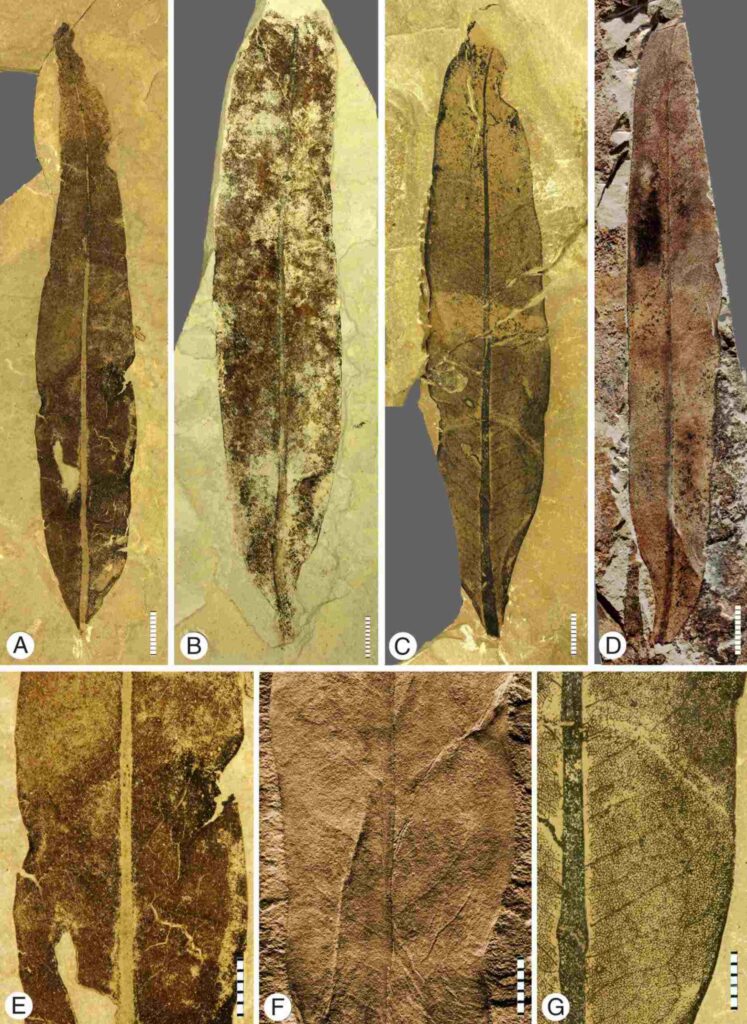
The plant, named Othniophyton elongatum (meaning “alien plant”), shows unique characteristics unseen in other plants. Most notably, it keeps its male reproductive parts (stamens) attached long after producing fruit – a feature not found in any known plant species today.
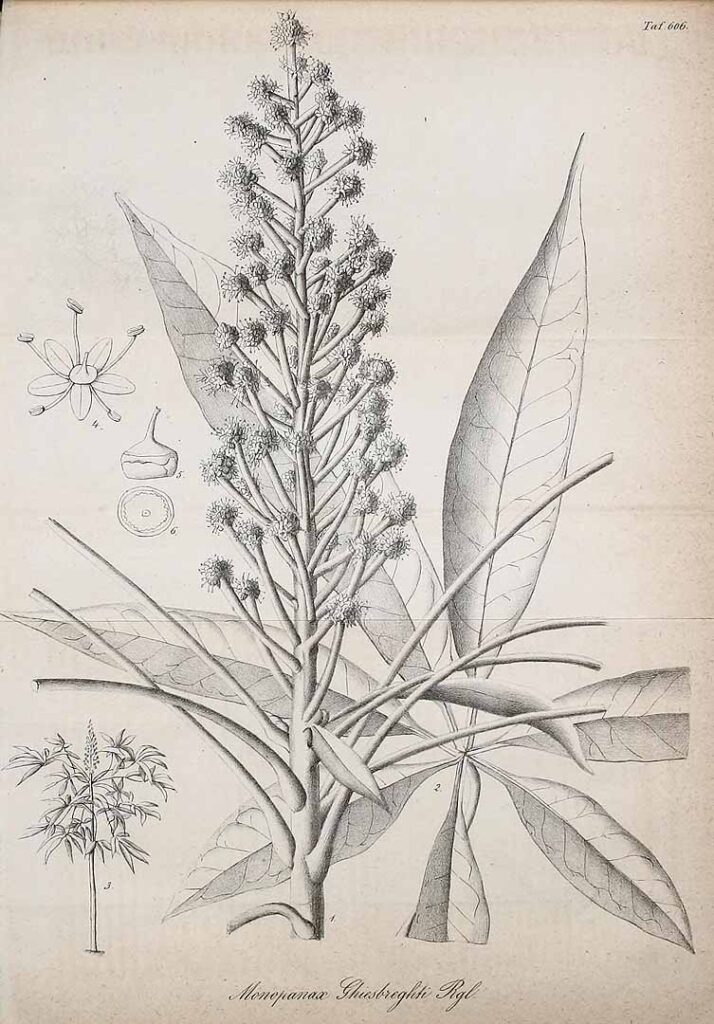
When first found in 1969 near Rainbow, a ghost town in Utah, scientists thought it belonged to the ginseng family. But new technology, including artificial intelligence and powerful microscopes, revealed its true distinctiveness. The examination of over 400 known plant families – both living and extinct – found no evidence of similarity to this alien plant.
“Usually, stamens will fall away as the fruit develops,” Manchester notes. “This thing seems unusual in that it’s retaining the stamens at the time it has mature fruits with seeds ready to disperse. We haven’t seen that in anything modern.”
Similar Posts
The extraordinary preservation comes from specific environmental conditions. The plant was preserved in an ancient lake near active volcanoes, where low-oxygen mud and volcanic ash created perfect conditions for fossil preservation.
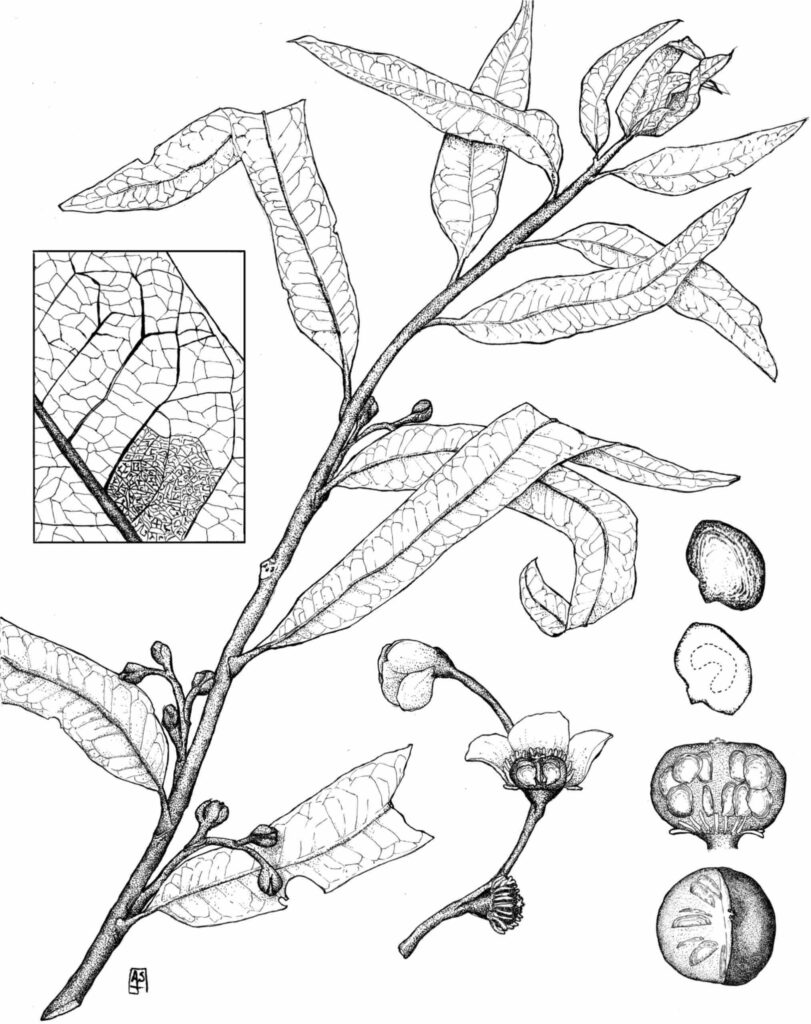
This discovery challenges how we classify ancient plants. As Manchester explains, “There are many things for which we have good evidence to put in a modern family or genus, but you can’t always shoehorn these things.” The finding suggests scientists need to reconsider how they categorize prehistoric plants.
The finding suggests Earth’s plant diversity was richer than previously understood. Using digital tools like iDigBio, scientists continue studying museum specimens, hoping to uncover more such prehistoric mysteries that could reshape our understanding of plant evolution.
